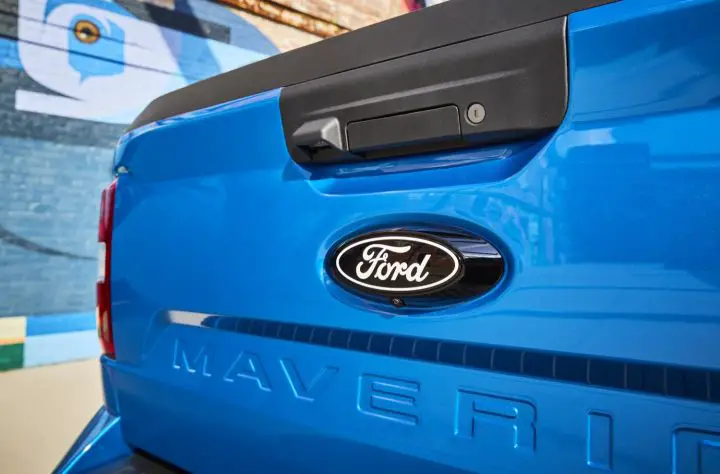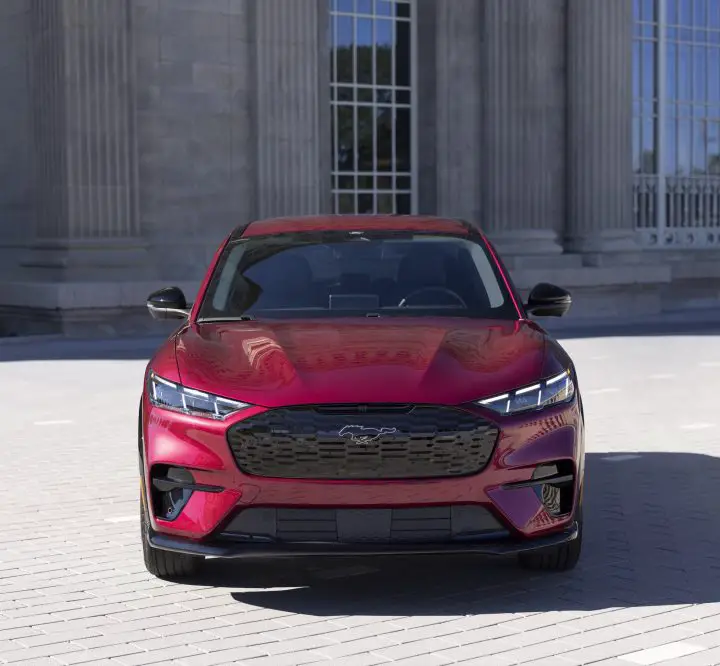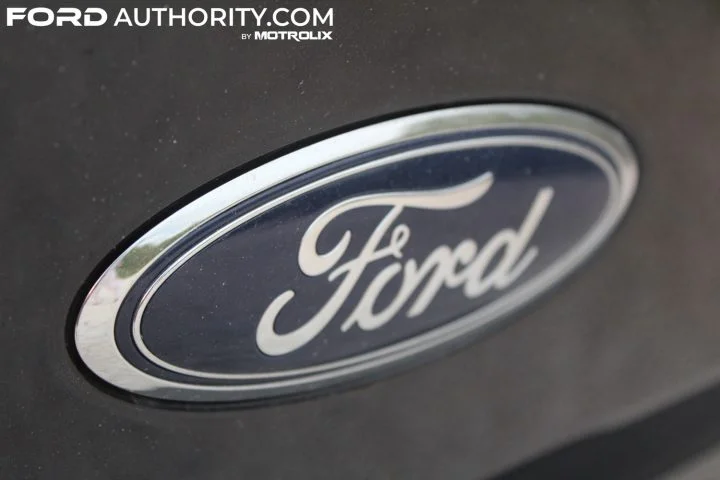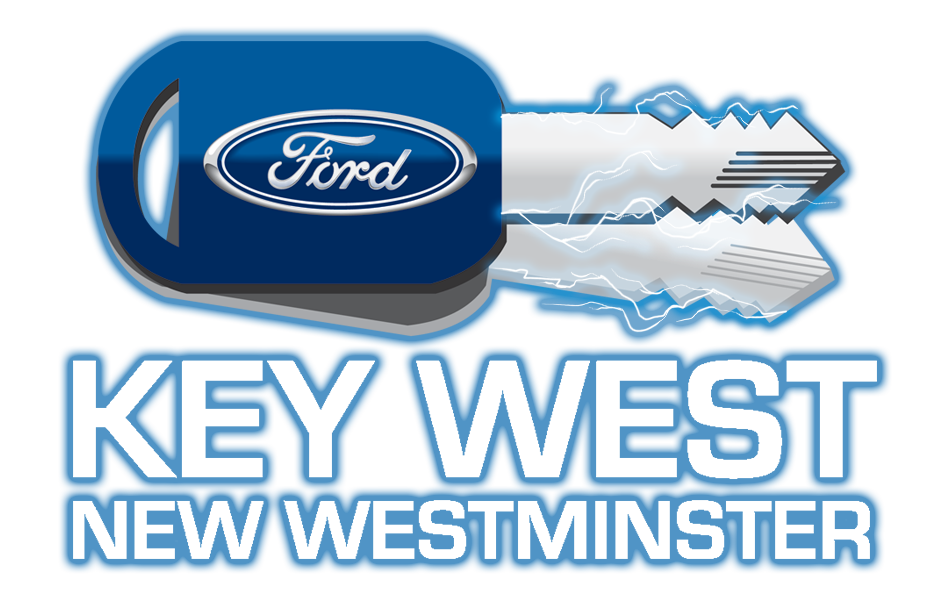Ford’s Blue Oval badge is one of the most recognizable logos in automotive history, symbolizing over a century of innovation and heritage. Since its first appearance on the Ford Model A nearly 100 years ago, the Blue Oval has been a proud emblem representing the brand’s commitment to quality and performance. The logo itself has evolved over the years, modernized in 2003 to a sleeker design with a silver outline and white script, but its significance remains unchanged.

Despite its iconic status, there are currently two Ford models that don’t carry the traditional Blue Oval badge. Instead, these vehicles sport a different emblem that is equally famous—the Mustang running horse. The Ford Mustang and its all-electric sibling, the Mustang Mach-E, proudly wear this distinctive pony emblem on both their grille and rear, completely replacing the usual Ford script. While they may lack the Blue Oval on their exterior, their Mustang badges reflect their strong Ford heritage.


Ford has experimented with variations of the Blue Oval in recent years, such as blacked-out badges and standalone black oval kits for trucks like the Ford F-150, Ranger, and Maverick. These give certain models a sportier or more rugged look while still maintaining the Ford identity. However, the Mustang family is unique in fully embracing the pony badge as their sole external identifier, emphasizing their distinct place within the Ford lineup.

This choice highlights the Mustang’s legendary status as more than just a Ford vehicle—it’s an icon of American muscle and innovation, now extended to electric performance with the Mach-E. Even without the Blue Oval, there’s no mistaking the Mustang’s Blue Oval bloodlines, blending tradition and modernity in a bold new way.
